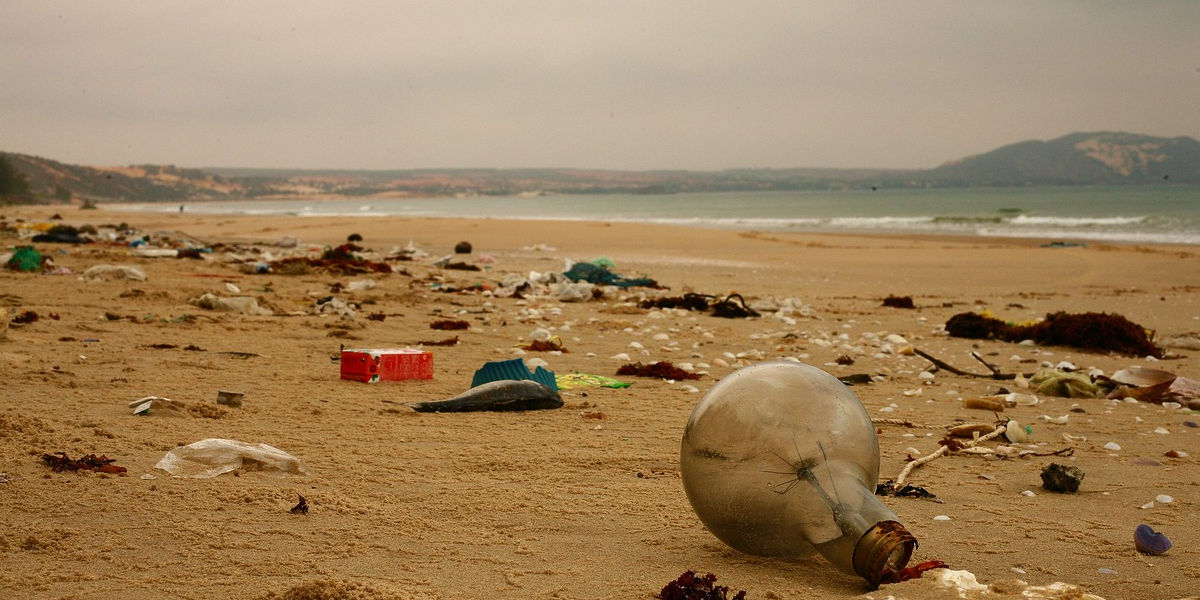Our oceans have long been a barometer of the environmental health of our planet. However, in recent years, they have become increasingly polluted with plastic and other debris. Fortunately, solutions are now being put forward in the form of ocean cleanup technologies. These solutions seek not only to solve a significant pollutant issue but also offer profound benefits for marine ecosystems and human health. So, how do ocean cleanup technologies work? Let's dive in and explore.
Ocean Cleanup Technologies: A Beacon of Hope
There's no denying the alarming level of pollution that our oceans currently face. From microplastics invisible to the naked eye to massive debris islands, such as the Great Pacific Garbage Patch, the scale of the problem is vast and disturbing. Fortunately, the surge in innovative ocean cleanup technologies provides some much-needed optimism in this otherwise grim scenario. These technologies, driven by pioneers in science and engineering, offer feasible methods to reduce and eventually eliminate oceanic waste.
Fetching Trash: How Do Ocean Cleanup Technologies Work?
So, how do these saviors of our seas actually function? While there are myriad approaches and designs, most ocean cleanup technologies work by harnessing the currents and winds to passively collect trash. For instance, one widely recognized system involves deploying large floating arrays that act like an artificial coastline. As the currents flow, they carry the debris towards these barriers where it gets trapped and then periodically collected for recycling or safe disposal.
Some other technologies utilize advanced robotics and AI to autonomously collect trash, while others still leverage deep-sea platforms to remove plastic waste from the ocean floor. It's a vast arena of ingenuity, all aimed at preserving our planet's most significant and least understood ecosystems.
Reaping the Benefits of Ocean Cleanup Technologies
The merits of these technologies go far beyond just garbage collection. The benefits of ocean cleanup technologies offer immeasurable potential for the enhancement of marine life, environmental integrity, and human health.
At their most fundamental, these systems help to prevent the ingestion of plastic fragments by marine animals, thereby improving their survival rates and overall health. Furthermore, by reducing the amount of debris in the oceans, these technologies can help maintain the delicate balance of marine ecosystems which play a critical role in global carbon cycles and climate regulation.
On a more macro level, cleaner oceans mean less plastic on our beaches, increased tourism revenue, and improved public health. With ocean-dumped plastics carrying potential disease vectors and chemical contaminants, their removal undoubtedly contributes to a healthier human population.
The Next Wave: Tech Innovations to Tackle Ocean Pollution
Oceans play an invaluable role in sustaining life on our planet, yet their health is in peril due to the massive volumes of trash and pollutants entering our waters daily. However, numerous tech innovations are stepping up to address this problem. Here are some of these trailblazing technologies poised to restore our oceans to their inherent splendor.
One such technology is The Ocean Cleanup, an initiative by Boyan Slat, a young inventor from the Netherlands. His invention, known as "System 001/B", is a 600-meter-long floater that uses the ocean's currents and the wind to passively collect plastic debris. It acts as an artificial coastline, concentrating plastic in one location where it can be efficiently extracted and taken to land for recycling.
The Seabin: Revolutionizing Marinas and Coastal Areas
Where System 001/B is intended for the high seas, the Seabin comes into play closer to the coast. This floating garbage can, designed to be installed in marinas and ports, sucks in the water around it along with all the floating trash and microparticles it contains. The water is then pumped back out, leaving only the waste inside the Seabin to be disposed of correctly.
Unleashing the Potential of Drones
Together with AI, drone technology offers a promising approach for disturbingly large oil spills. Traditionally, floating barriers called booms are used to contain the spread of oil. Still, with the advent of drone technology, these booms can be deployed more speedily and efficiently. The drones, based on precise, autonomous flights, also minimize the risk of human lives involved in such dangerous cleanup operations.
Bio-inspired Robotics: Learning from Nature
Last but not the least, bio-inspired robots provide a unique and exciting solution to combat ocean pollution. The WasteShark, developed by the Dutch company RanMarine, is an aquadrone that operates in water bodies in urban areas, modeled on the whale shark's efficient way of filtering water for food. This drone patrols these water bodies and collects waste, which is then removed.
In conclusion, the oceans might be vast, but the continued countenance of pollution at the scale we see now is not sustainable. The advent of technologies aimed at cleaning up the ocean provides a glimmer of hope for reversing the damage done. With further support, funding, and a shared commitment toward safeguarding our environment, we stand a fair chance of restoring the health of our oceans.




